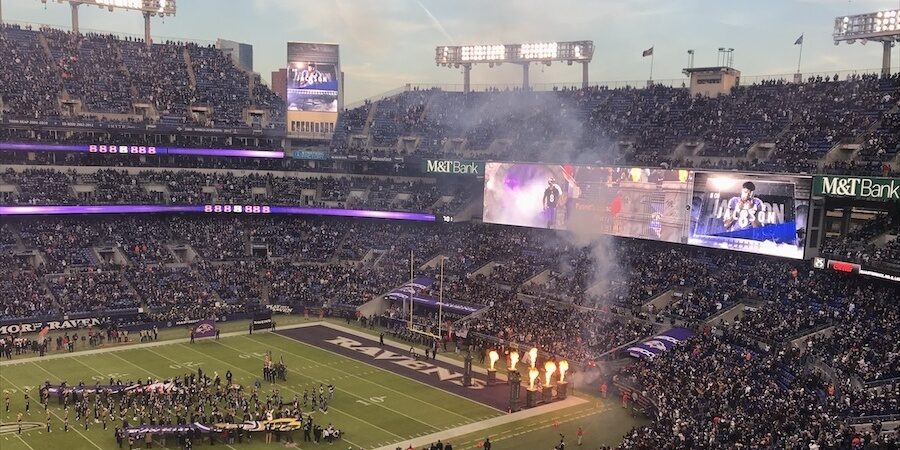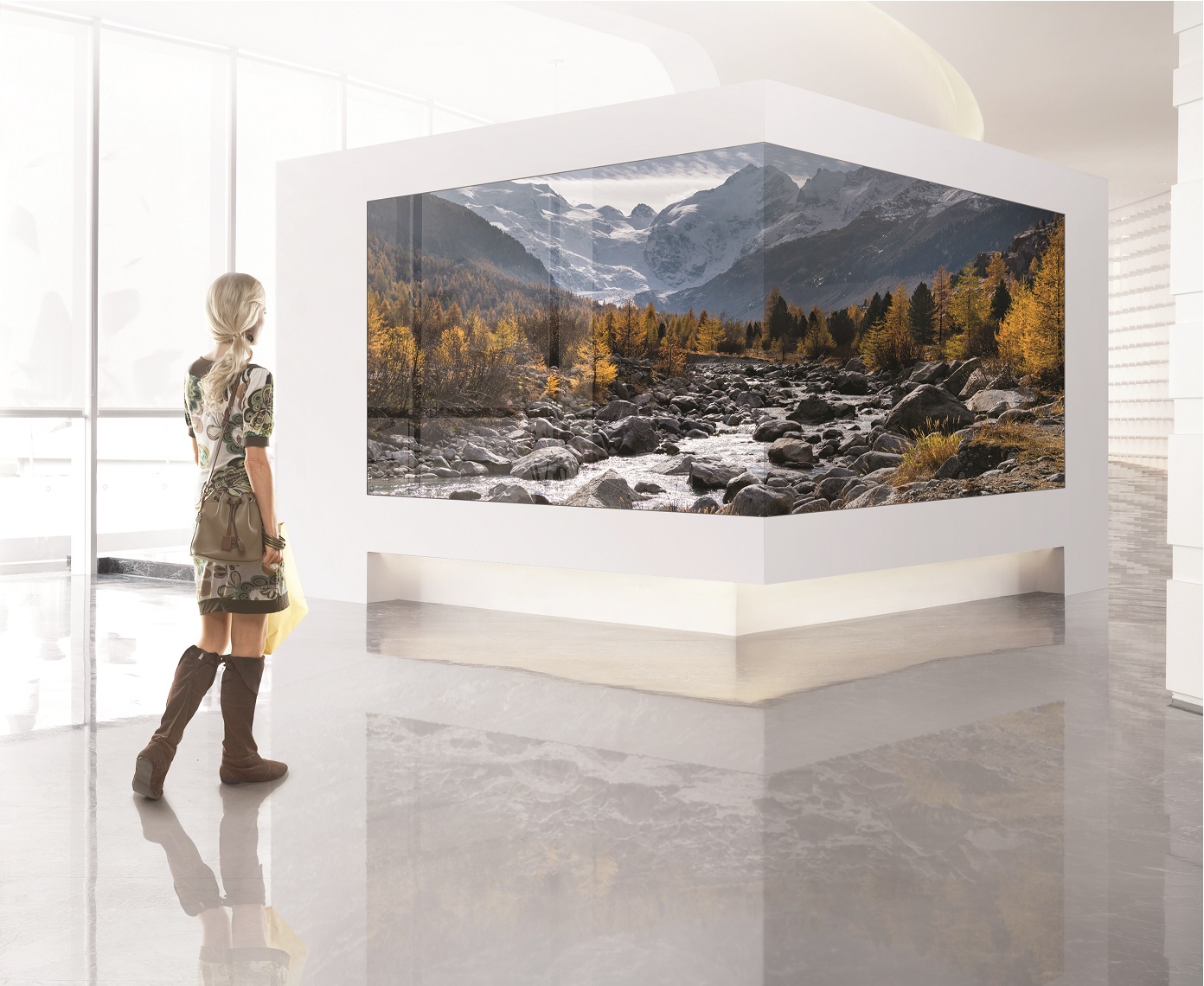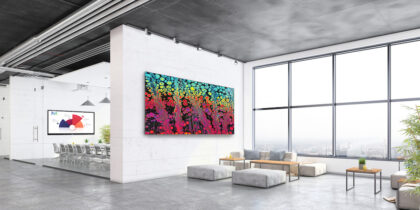The value of high dynamic range imaging (HDR) is strong. Still, many people — including those in the sign industry — aren’t entirely clear on exactly what it is and why it matters.
It’s important to understand the basics of HDR, therefore we are breaking down everything from the nuts and bolts of how it works to the visual enhancements that make it buzzworthy.
What is HDR?
A closer look at the name — high dynamic range imaging — reveals what this new kind of visual experience is all about. Namely, that the image you see is built from a wider palette of color and brightness. And that palette can shift in real time to render the most perfect picture possible.
This essentially means the colors are deeper and the contrast is greater. In other words, what’s bright is brighter, and what’s dark is cloaked in shadow. Taken together, all these range extensions create a more vivid, realistic and vibrant picture than HDR’s predecessor, standard dynamic range (SDR).
Imagine you’re looking at an older computer or television set with bad resolution. It can be difficult on where to focus your gaze on the screen. HDR, on the other hand, can manipulate the entire frame to give you pristine clarity, optimal color and ideal brightness and contrast across the screen.
How does HDR work?
It all comes down to data. In the HDR world, more data is coded into content, and greater amounts of data processing power are built into an HDR’s display. As that display reads content data, it adjusts to render the image just as its creators intended it.
Find the best display for your video wall project
Take this quick assessment to discover the right display tech for your space, style and budget. Download Now
The type of data included with the content is called metadata. Similar to keywords tagged within website copy, metadata provides context for content. In HDR, metadata guides HDR displays to adjust factors that impact image quality, like tone mapping, color space and saturation levels. In turn, the HDR player reads these factors and adjusts to render the picture appropriately.
When you consider how SDR works, it’s easy to understand the importance of metadata. In SDR, the content follows whatever specs or parameters are set in the display. Even if the content producers code HDR metadata into the content itself, the SDR player can’t read or respond. To do so requires much more processing power — or HDR.
Metadata programming is typically followed by a layer of processing, which requires additional bandwidth, processing power and data infrastructure. For example, a DVI signal can’t transmit data — it simply doesn’t possess the necessary bandwidth.
Different types of HDR
There are several iterations of HDR, including HDR, HDR10+, HDR 10 Pro, HDR HLG and DolbyVision HDR. There’s one key difference that distinguishes them from one another.
In HDR and HDR10, you’re dynamically adjusting an entire clip or film. The HDR metadata signals the optimal parameters to the HDR player at the start of the content, and those parameters hold true through to the end of the clip, whether it’s a 4-minute YouTube video or a full-length feature film.
But in HDR10+ and HDR Pro, things get even more dynamic. The metadata arrives frame by frame or scene by scene. For instance, if you’re watching a movie that goes from a sunrise scene to a midnight scene, that transition might benefit from a different setting of the color space. If that metadata is programmed into the scene, an HDR screen can render the first scene perfectly and then adapt anew with minimal latency for the next scene.
Then there is HDR HLG, a standard that was developed mainly for broadcast television but has some unique pragmatic benefits. It’s backwards compatible with SDR TVs, meaning broadcast organizations can send a single signal for all TVs and those with HDR capabilities will gain much of the benefits that HDR provides. Since large sport facilities are big users of LED displays, HDR HLG is a preferred standard.
Why does HDR matter?
HDR matters for dramatically superior image quality. It’s what brands and consumers demand in today’s visually rich marketplace. For instance, sports stadiums want to have the best-looking screens to display every detail of the game, and SDR simply doesn’t cut it. An SDR screen can be muddy, because the screen is applying a fixed palette. With HDR, you have the full range of capability, so the content always looks its best.
Another example is retail, which is transforming how consumers shop in store, especially in these unprecedented times, with the use of LED displays with HDR technologies built in. Or even hospitals, which can use Samsung’s The Wall — an LED display that is powered by HDR10+ — to further share their brand story and honor their donors in a more engaging way.
The same goes for premium brands that want to put their best foot forward with compelling, immersive visual experiences.
Leading the way for HDR
Samsung has been a dedicated leader for HDR, making a practice of building the technology into display screens since 2018 to ensure customers are on the cutting edge at all times. And right now, that edge can be summed up in three letters, which have a big impact on the trajectory of digital content.
Explore Samsung’s expansive portfolio of LED business solutions delivering bright, precise picture quality that can be tailored to any environment. Get help planning your LED signage deployment in this free, comprehensive guide.








